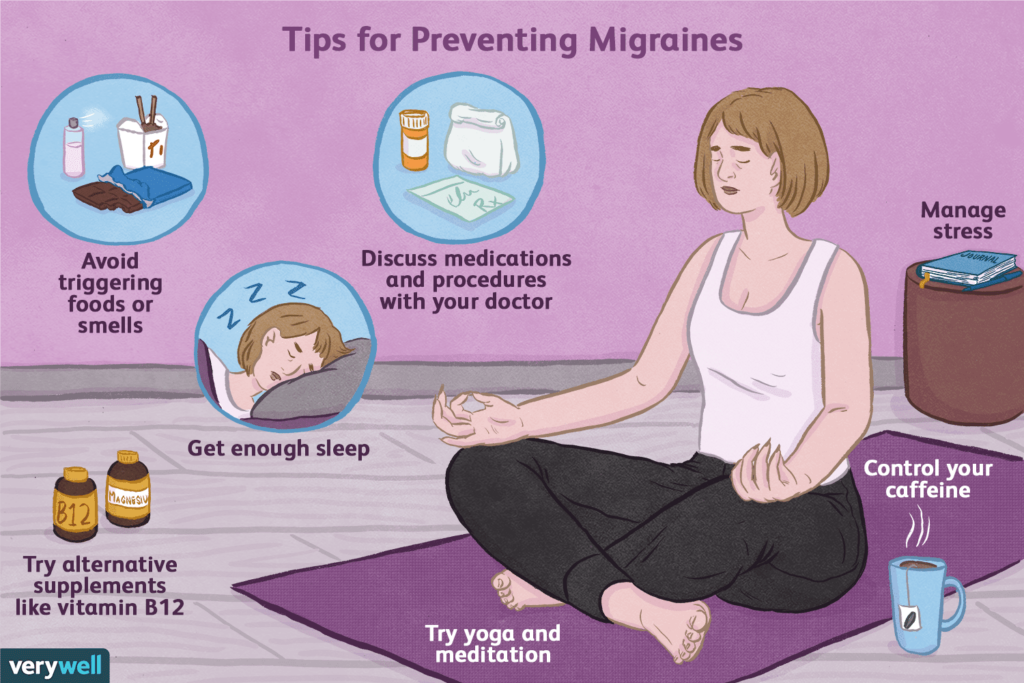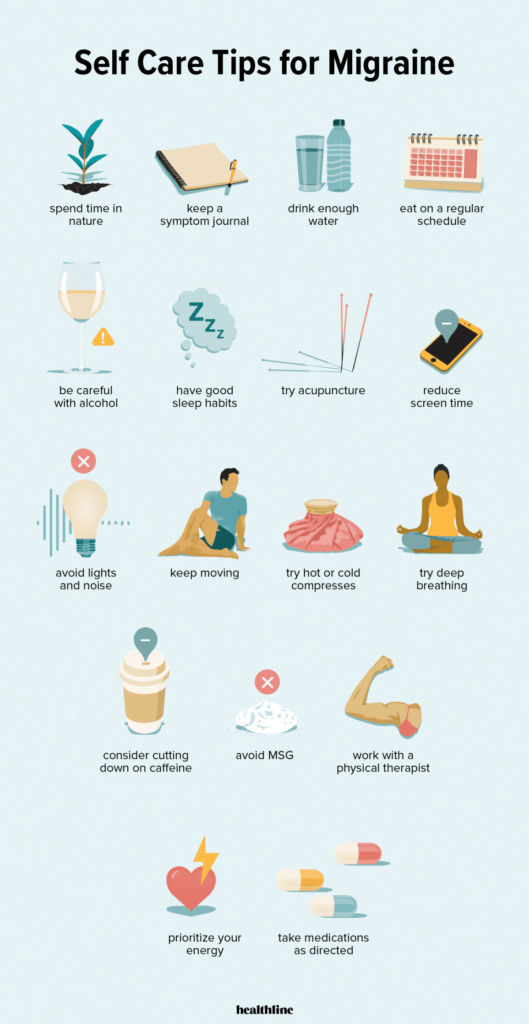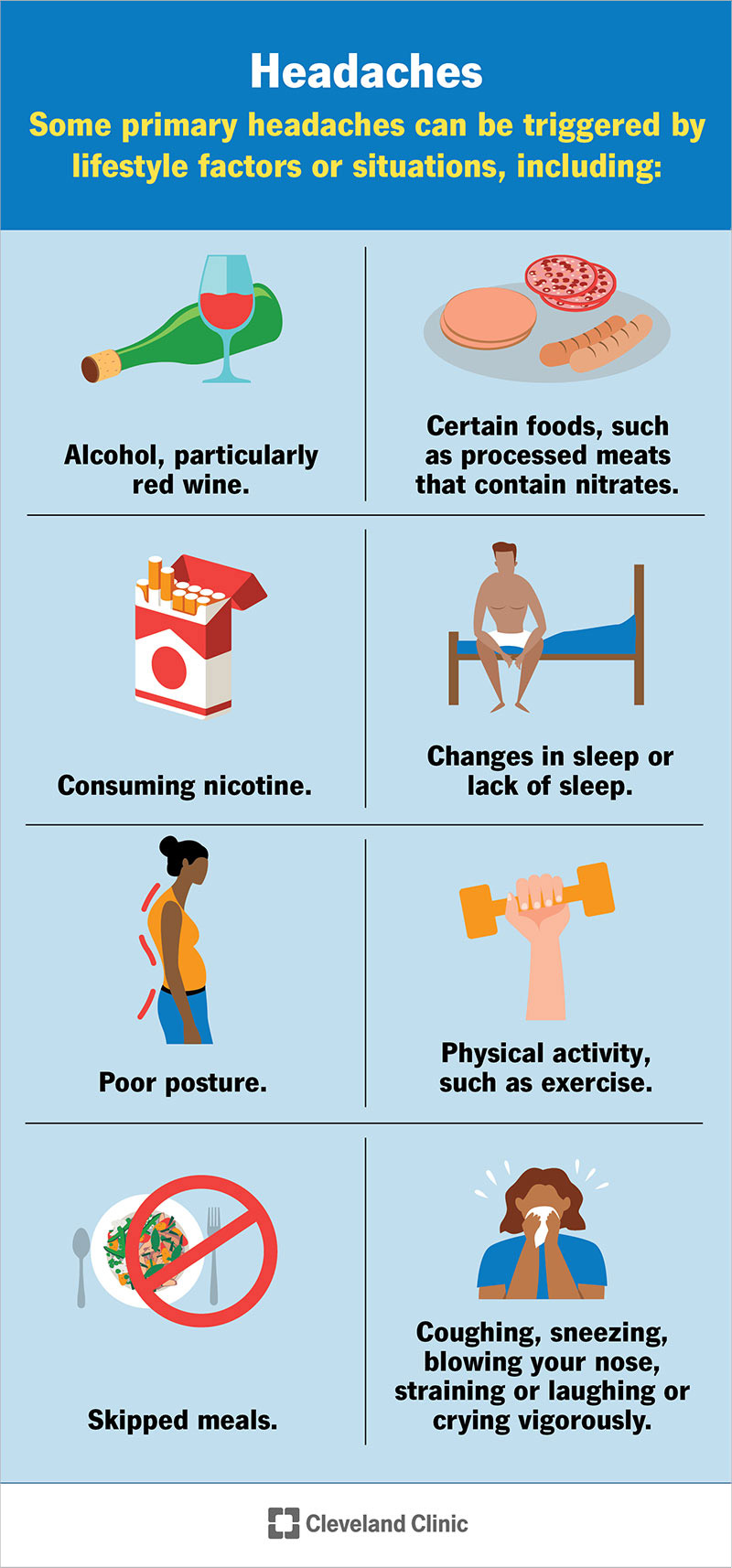Hey there! Are you tired of those pesky headaches ruining your day? Well, worry no more! In this article, we will discuss some helpful tips on how to prevent and manage those dreaded headaches. Whether you suffer from occasional headaches or are a chronic sufferer, we’ve got you covered. From lifestyle changes to natural remedies, we’ll explore various ways to keep those headaches at bay. So, sit back, relax, and let’s find effective ways to prevent and manage those headaches once and for all!
Preventing and Managing Headaches
Having a headache is a common experience for many people, and it can range from a minor inconvenience to a debilitating condition. Fortunately, there are several ways to prevent and manage headaches effectively. By understanding the different types of headaches, identifying triggers, maintaining a healthy lifestyle, managing stress, practicing good sleep hygiene, implementing relaxation techniques, developing healthy eating habits, staying hydrated, limiting the use of electronic devices, and seeking professional help when needed, you can take control of your headaches and improve your overall well-being.
Understanding Types of Headaches
To effectively prevent and manage headaches, it is essential to understand the different types of headaches. The two most common types are tension headaches and migraines. Tension headaches typically cause a dull, aching pain and are often triggered by stress, lack of sleep, or poor posture. Migraines, on the other hand, are often characterized by severe pain, throbbing sensations, and accompanying symptoms such as nausea, light and sound sensitivity. Understanding the specific type of headache you regularly experience can help you tailor your prevention and management strategies accordingly.
Identifying Triggers
Identifying the triggers that lead to your headaches is crucial. Certain foods, such as caffeine, chocolate, aged cheese, and processed meats, can trigger migraines in some individuals. Other triggers can include hormonal changes, strong odors, bright lights, weather changes, and even certain medications. By keeping a headache diary, noting the time, duration, intensity, and possible triggers of your headaches, you can better identify patterns and avoid or manage these triggers in the future.
Maintaining a Healthy Lifestyle
Maintaining a healthy lifestyle is essential for preventing and managing headaches. Regular exercise, balanced meals, and adequate hydration can significantly reduce the frequency and severity of headaches. Physical activity releases endorphins, which are natural painkillers and mood boosters that can help prevent tension headaches. Additionally, adopting a nutritious diet rich in fruits, vegetables, whole grains, and lean proteins can provide your body with the necessary nutrients and help regulate blood sugar levels, reducing the risk of headaches.
Managing Stress
Stress is a common trigger for many headaches, so managing stress effectively is crucial for headache prevention and management. Engaging in regular relaxation techniques such as deep breathing exercises, meditation, or yoga can help reduce stress levels and promote a sense of calmness and wellbeing. Additionally, finding healthy outlets for stress, such as engaging in hobbies, talking to a supportive friend or family member, or seeking professional counseling, can contribute to better stress management and prevent the onset of headaches.

Practicing Good Sleep Hygiene
Getting enough quality sleep is essential for preventing and managing headaches. Poor sleep or irregular sleep patterns can increase the risk of headaches. Establishing a consistent sleep schedule, creating a relaxing bedtime routine, and ensuring a comfortable sleep environment can contribute to better sleep hygiene. Limiting caffeine intake, avoiding electronic devices, and creating a peaceful atmosphere in your bedroom can help you relax and promote quality sleep, reducing the likelihood of headaches.
Implementing Relaxation Techniques
Relaxation techniques can be a valuable tool in preventing and managing headaches. Deep breathing exercises, progressive muscle relaxation, guided imagery, and mindfulness meditation are effective techniques that can help reduce muscle tension, improve blood flow, and alleviate stress, all of which can contribute to the prevention and management of headaches. Incorporating these techniques into your daily routine, especially during periods of high stress or tension, can provide relief and help prevent headaches.

Developing Healthy Eating Habits
Maintaining a nutritious diet is fundamental in preventing and managing headaches. Certain foods can trigger migraines or exacerbate headache symptoms in some individuals. It is essential to identify and avoid these trigger foods. Additionally, keeping regular meal times, avoiding skipping meals, and staying hydrated throughout the day are all important aspects of healthy eating habits that can contribute to preventing headaches. Balancing your meals with a variety of nutrient-rich foods can help regulate blood sugar levels and minimize the risk of headaches.
Staying Hydrated
Dehydration is a common trigger for headaches, and staying hydrated is therefore crucial for headache prevention and management. Drinking an adequate amount of water throughout the day can help maintain the proper functioning of your body, including your brain. Aim to drink at least eight glasses of water daily, and increase your fluid intake during hot weather or when engaging in physical activity. Limiting your consumption of sugary drinks and alcohol can also contribute to better hydration and reduce the likelihood of headaches.

Limiting Use of Electronic Devices
Prolonged and excessive use of electronic devices, such as smartphones, tablets, and computers, can contribute to the onset of headaches. The blue light emitted by these devices can strain your eyes and potentially trigger headaches, especially if you are prone to migraines. To prevent or manage headaches, it is advisable to limit your screen time and take regular breaks when using electronic devices. Adjusting the brightness of your screens, using blue light filters, and practicing the 20-20-20 rule (looking away from the screen every 20 minutes for 20 seconds at something 20 feet away) can also help reduce eye strain and minimize the risk of headaches.
Seeking Professional Help
If you find that your headaches are persistent, severe, or significantly impacting your quality of life, it is important to seek professional help. Consulting a healthcare provider, such as a primary care physician, neurologist, or headache specialist, can help identify any underlying causes of your headaches and provide appropriate treatment options. They may recommend diagnostic tests, prescribe medication, or suggest alternative therapies to alleviate your headaches. Remember, seeking professional help is a proactive step towards taking control of your headaches and improving your overall well-being.
In conclusion, preventing and managing headaches requires a comprehensive approach that involves understanding the types of headaches, identifying triggers, maintaining a healthy lifestyle, managing stress, practicing good sleep hygiene, implementing relaxation techniques, developing healthy eating habits, staying hydrated, limiting the use of electronic devices, and seeking professional help when needed. By taking the necessary steps to prevent and manage headaches, you can experience fewer headaches, improve your overall well-being, and enjoy a better quality of life. Remember, you have the power to take control of your headaches and find relief.

